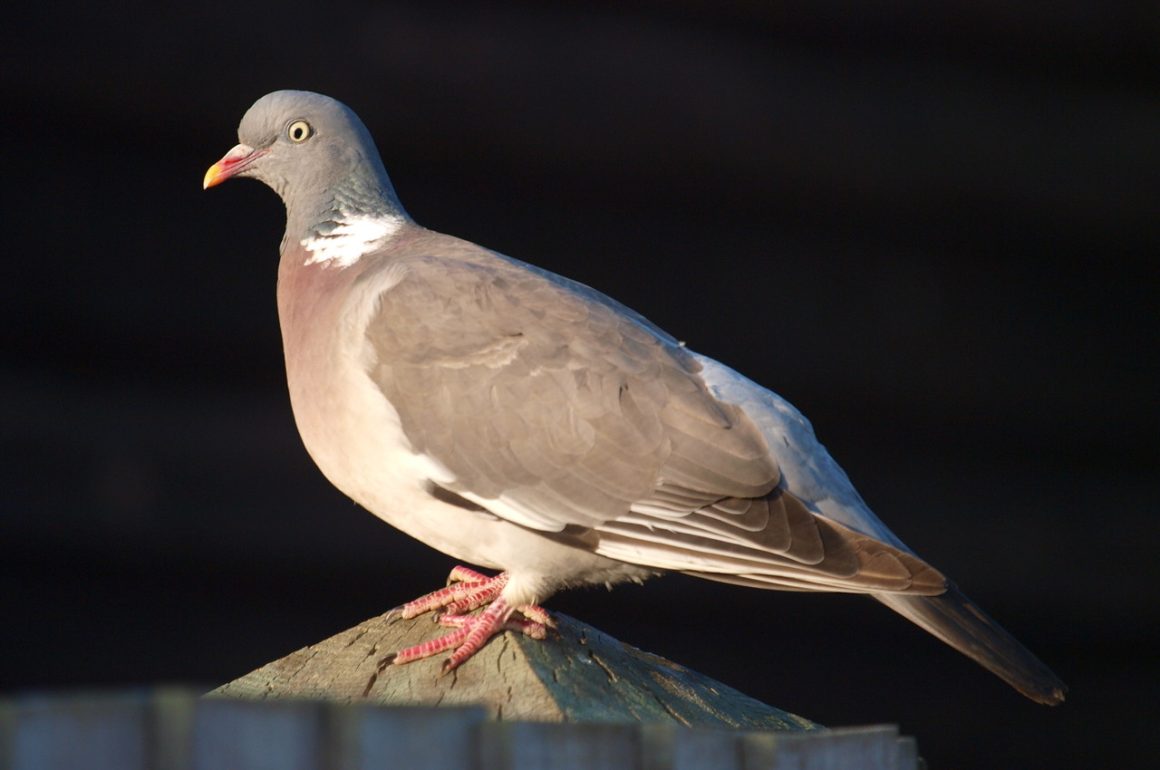
Love it or loathe it, the Wood Pigeon is a most extraordinary creature. While almost every other farmland bird in Britain is declining, numbers of Columba palumbus continue to soar. According to Bird Atlas 2007-11, it occupies virtually every 10km square within Britain and Ireland with the exception of the higher montane zones of Scotland, and some northern and western islands offering little woodland cover.
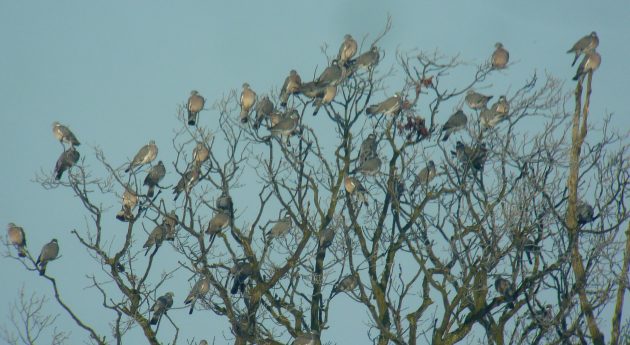
But though we may think of the Wood Pigeon as a farmland bird, it is a supremely adaptable species. It is just as happy living and breeding in the parks and squares of central London as it is in the arable prairies of East Anglia. It may not like mountain tops, but it can be found almost everywhere else, from suburbia to Shetland, Snowdonia to Sutherland. Intriguingly, Britain supports the biggest Wood Pigeon population of any European country.
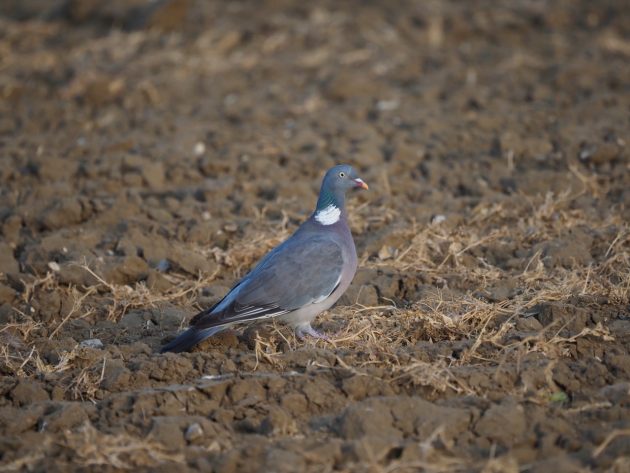
It has the ability to change its behaviour depending on where it lives. Urban Woodies are tame and confiding, seemingly unafraid of people. In contrast, rural pigeons are among the wildest and wariest of birds, departing with a clap of wings at the first hint of danger. Yet even in the countryside some individuals prefer to inhabit gardens, apparently not mingling with their cousins raiding the rape just a field away.
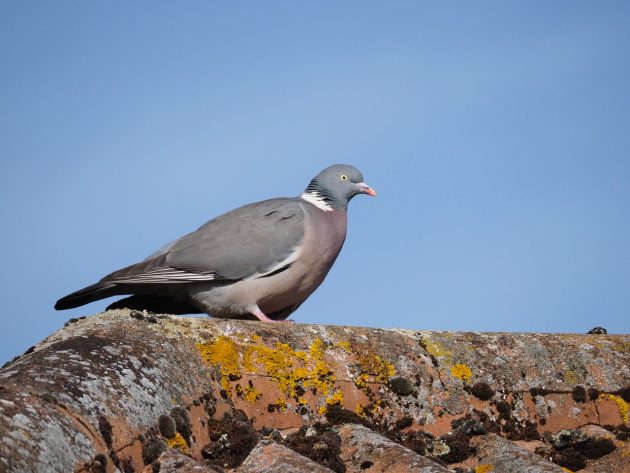
When it comes to nest building this bird displays little skill, simply assembling a loose platform of twigs on which the female lays her two white eggs. The nest may be unsubstantial, but it has the advantage of being quick and easy to build, a bonus for a bird that might make five nesting attempts in a year. They prefer to nest in trees and hedges, but where competition for nest sites is high, as it is where I live in East Anglia, they will move into open barns. And if there are no suitable trees or buildings available, then they will nest on the ground, as they do on the moors of the Outer Hebrides and the shingle of Orfordness on the coast of Suffolk.
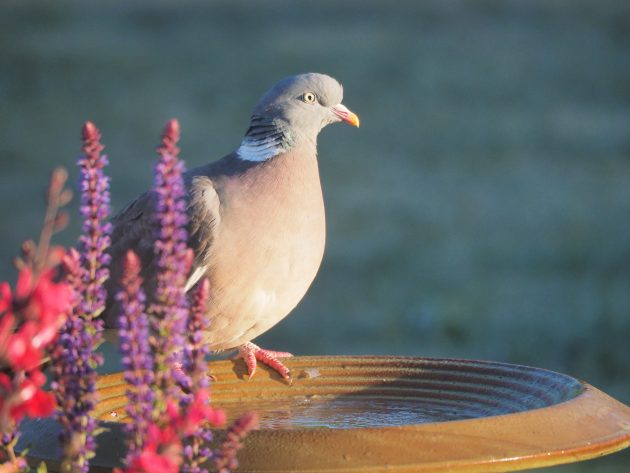
The rise in the Wood Pigeon’s fortunes began in the 19th century, when the increase in arable crops provided year-round feeding. Green crops such as clover were grown as winter livestock feed, and there’s not much a Wood Pigeon likes more than a crop full of clover. By the last quarter of the 19th century English observers were noting not only an increase in numbers, but a tendency for the pigeons to move out of the woods and to nest in isolated trees, or even to establish themselves in towns.
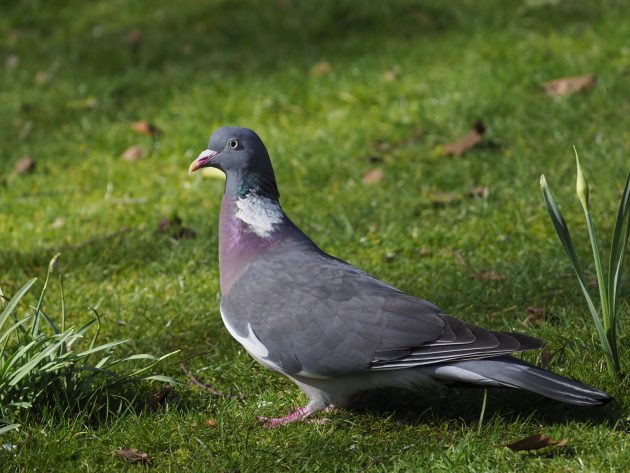
However, significant though these increases were, rural woodies still suffered heavy winter mortality when there simply wasn’t enough for them to eat. They died in great numbers during the exceptionally hard winter of 1962-63, when almost three months of snow cover effectively locked their larder. However, prospects improved for the Woodie when Britain joined the Common Market (now the EU) in 1973, so for the first time time our farmers were able to benefit from the generous subsidies offered by Brussels for growing oilseed rape. This is the crop that answers the Woodie’s winter prayers, for it offers highly nutritious feeding at a time when there is little else available. As the growing of rape expanded (it now covers around 250,000ha of our countryside), so did the numbers of pigeons. According to the BTO, the UK breeding population increased by 169% from 1967-2010.
Better winter feeding not only helped winter survival rates, but it also ensured that the pigeons reached the spring in much better condition to breed. There’s now evidence that they are nesting two or three weeks earlier, while a general switch from spring to autumn sowing has also suited them, as ripe grain is available from late June onwards.
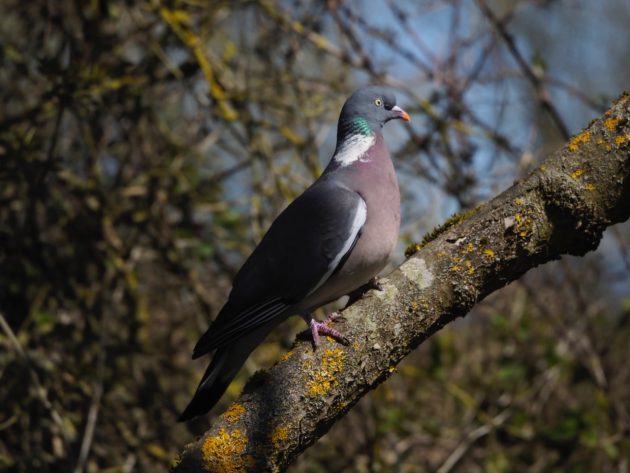
Wood Pigeons can, and do, breed throughout the year, but they have the ability to time their breeding to correspond with periods when food supplies are most plentiful. Thus the peak of pigeon productivity is in July and August, during harvest. These later nests have the advantage of suffering less from predation. Magpies are deadly raiders of nests when feeding their own young, but not when the latter have fledged. Thus eggs laid in summer, when cover is as its densest, are far less likely to be taken than those laid in April or May.
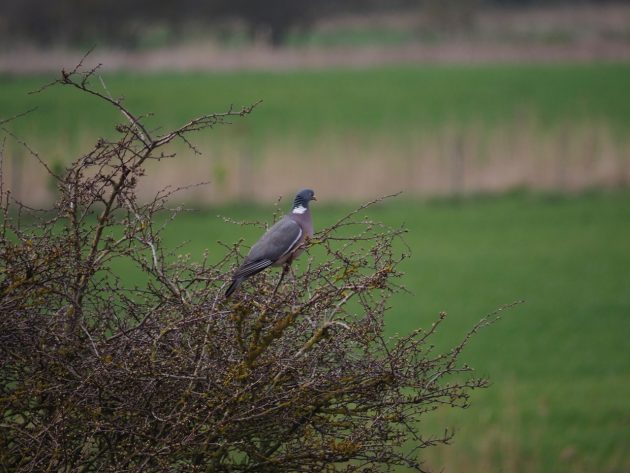
For such a large bird, the breeding cycle is rapid. The eggs take 17 days to hatch, and the young fledge around 33 days later. Research in the 1960s showed that despite repeat nesting, few pairs succeeded in fledging more than one brood a year. The continuing growth in the population suggests that this is no longer true. More birds certainly fledge in August and September than any other month, while it’s not unusual to find squabs in the nest as late as November, sometimes even December.
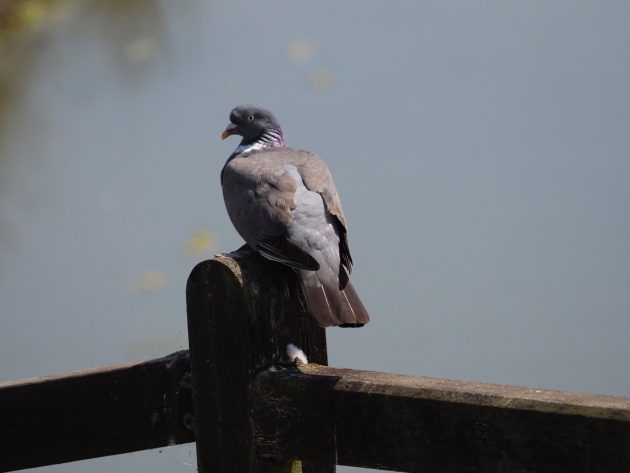
Ringing studies have shown that the British population is sedentary, birds seldom moving far from where they hatched. Bird Atlas 2007-11 shows little difference between their abundance in the breeding season and that in the winter. However, for years there have been stories of mass autumnal influxes of small, dark foreign pigeons to eastern England. The fact that these birds are small and dark is easily explained: juvenile wood pigeons are smaller than their parents, and don’t gain the distinctive white neck ring until they are 16 weeks old. But have they really come from the Continent? There is no evidence to show that they have.
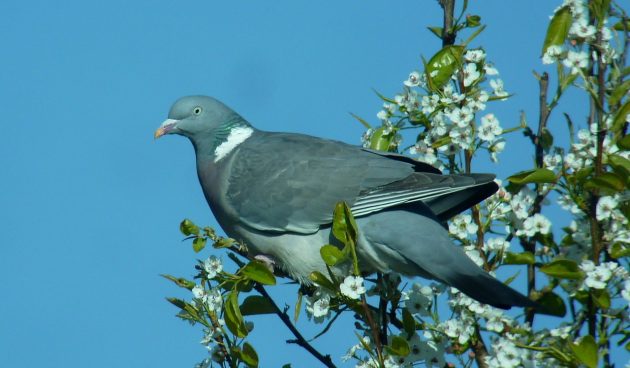
This is despite sightings of enormous movements of birds flying south down the east coast of England. At Suffolk’s Landguard Bird Observatory, for example, some 61,534 birds were counted flying over from 10 October to 11 November 1998, including 37,722 on 29 October. The largest movements at Landguard occur in early morning and during periods of clear skies, indicating direct passage from Scandinavia, perhaps heading for Iberia. Some Continental populations are highly migratory. During October, hundreds of thousands of pigeons from Scandinavia and the Baltic move south-west through Denmark, the Netherlands and France: many are shot or trapped as they fly through the Pyrenean passes. They are heading for the oak woods of Spain, where the acorn harvest will sustain them during the winter.
There are very few records of Continental-ringed wood pigeons being recovered in the UK. The birds seen moving down the East Coast may well be Scandinavian, but it seems that they rarely stop here, simply continuing their migration. There have been a scattering of British-ringed Woodies being recovered in France, but these are quite exceptional. The average distance travelled by a British bird from where it was ringed to where it was recovered is a mere 5km.
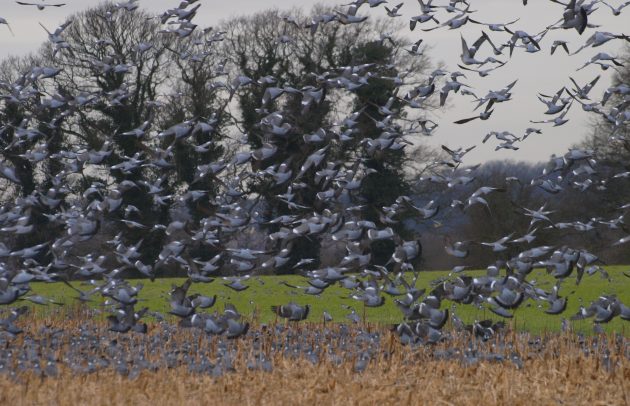
Farmers and gardeners may hate them, but the sporting value of the wood pigeon is huge and often under estimated. It its reckoned that between 2 million and 5 million birds are shot annually in the UK. This suggests that estimates of the total UK population of around 10 million birds are well short of the true figure.
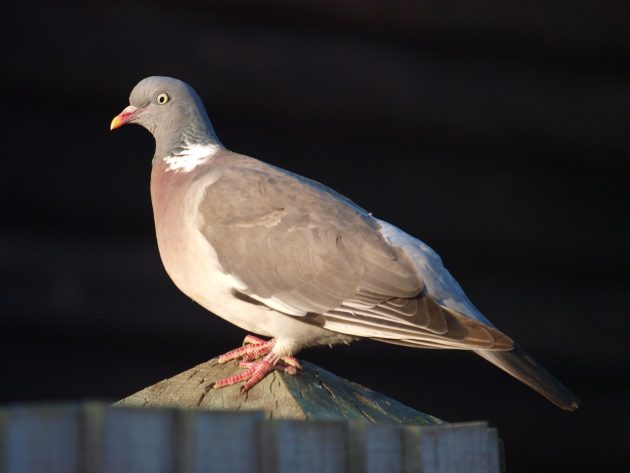
Wood Pigeons can sustain tremendous shooting pressure without suffering any population loss. It has even been suggested that shooting helps the population, as it simply removes the birds that were likely to have died from starvation anyway, allowing more food for the survivors. One of the bonuses of having a seemingly inexhaustible supply of pigeons is that British shooters have a fine sporting bird available throughout the year at little or no cost. Contrast this with the situation in southern Europe, where thrushes are a major quarry species. Who would want to shoot a Song Thrush when there’s a chance of a pigeon?
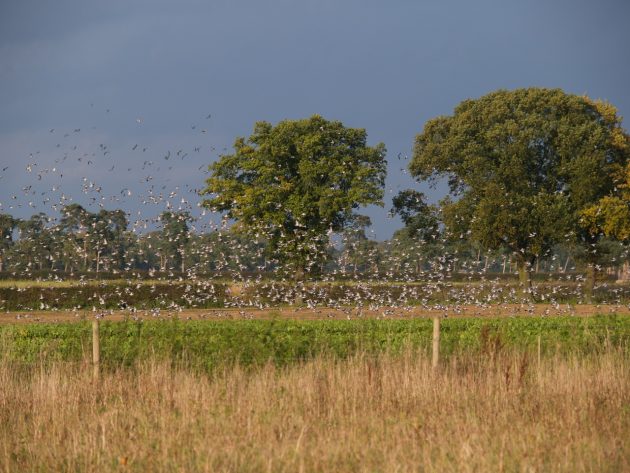
The rise of the celebrity chef has introduced many people to the bird’s culinary delights. It has become increasingly fashionable to eat, valued by chefs for its genuine flavour and lack of fat. Forget about plain old roast pigeon: today’s top restaurants offer such delights as breast of pigeon with blueberry jus, or warm salad of Wood Pigeon with caramelised walnuts and beetroot compote.
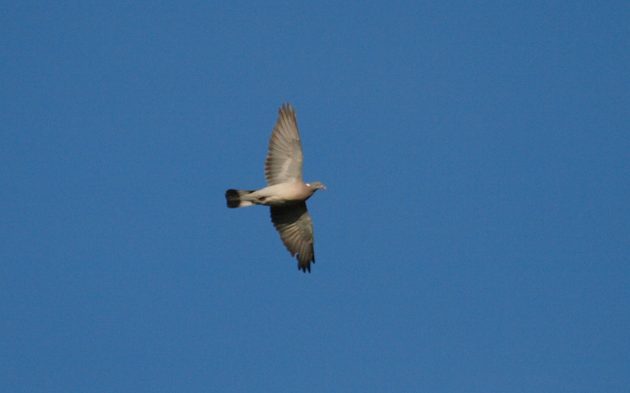
While gourmets may prefer their pigeons on a plate, there’s no disputing the fact that the Woodie, with its pink breast and smart white collar, is a handsome bird. Sadly, it is such a ubiquitous species here in Britain that it rarely attracts a second glance: it’s a bird whose success we don’t celebrate.
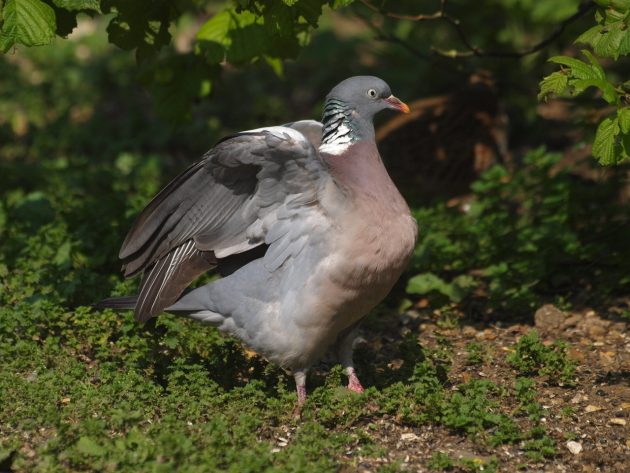











Ode to Woody: beautiful and delicious bird. Very comprehensive piece that made me smile a lot. Glad you didn’t shy away from the hunting/culinary aspects.
I wish you had shied away from the hunting/culinary aspects – made me feel bad about humans, a feeling that the second Trump presidency has certainly enhanced …